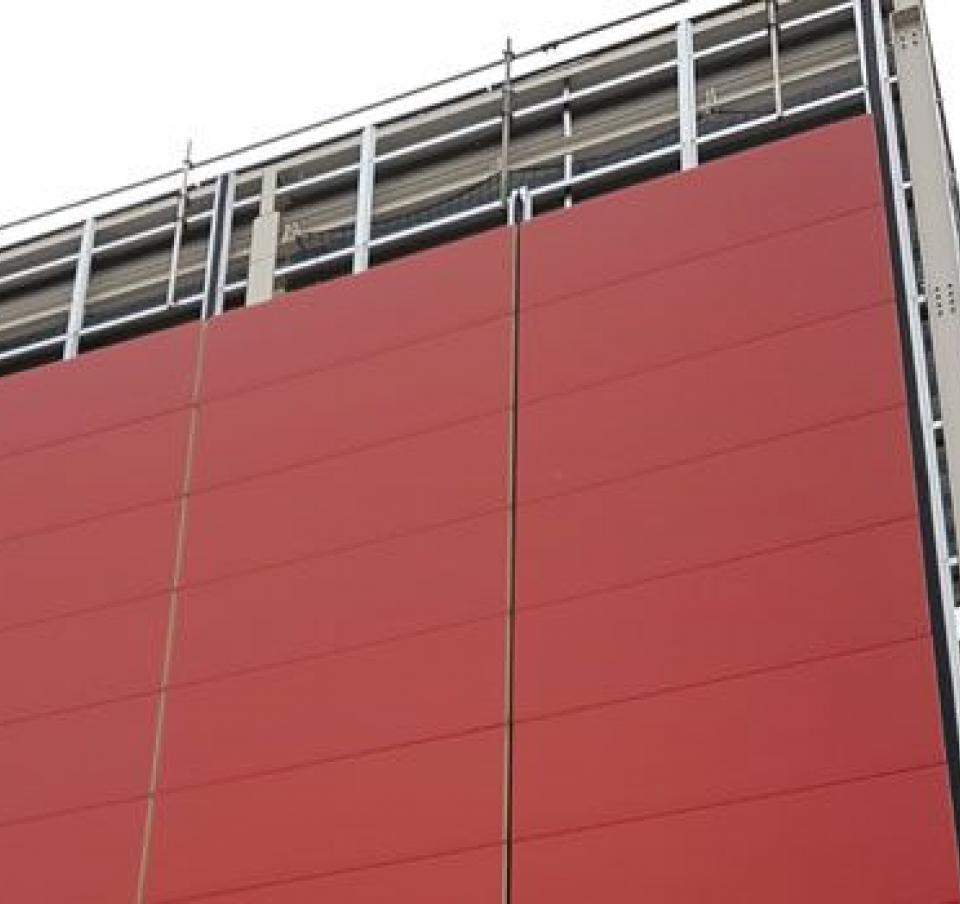Having designed and specified the building envelope, it is important to ensure that the integrity of the pre-finished steel cladding system is maintained during its handling and fitting on site.

The following is intended as guidance only and should be read in conjunction with existing regional regulations and the direct stipulations of the cladding system manufacturers.
Having designed and specified the building envelope, it is important to ensure that the integrity of the pre-finished steel cladding system is maintained during its handling and fitting on site.
Good site practice should include ensuring a safe working environment, providing suitable training and equipment for all operatives, ensuring the cladding system is handled with care and fitted correctly using appropriate ancillary components.
Site Safety
When carrying out any remediation work, the building owner should ensure that the principles of CDM 2015 Regulations are followed and working at height regulations 2005. The health and safety of all personnel should be a key consideration at every stage of the design and construction process. The design should ensure that a safe working environment is created both during construction and into the future.
Here, specific good practice information is provided for the safe handling, cutting and installation of pre-finished steel roof and wall cladding systems and safe working on roofs. It is vitally important that all personnel carrying out site work have been properly trained, are familiar with the relevant codes of practice and are competent.
Pre-finished steel cladding sheets and, in particular, composite panels can be large, heavy and awkward to handle. All operatives must be trained in the use of appropriate lifting equipment when handling heavy and awkward loads as a 12m composite panel can weigh in excess of 125 kg and must comply to LOLER 1998 regulations or local regional equivalent.
These are the current codes of practices but you should always refer back to the Health and Safety Executive (HSE) website for up to date information regarding the relevant regulations or local regional equivalent.
Safety considerations for handling pre-finished steel roof and wall cladding sheets
All workers involved in the handling and installation of steel cladding must have the appropriate level of skill, knowledge, training and experience. The building work client and main contractor must ensure that there is adequate site supervision and that the correct procedures are followed at all times.
Handling
Cladding sheets or panels may be secured by straps or bands. These should not be used for lifting.
Care should also be taken when removing any straps or bands as they may cause eye or other injuries when the tension is released and the bundle may spring apart. There may be sharp edges that could cause lacerations so suitable protective equipment should be worn and the systems of work should be designed to take account of any hazards arising from this type of risk.
Packs of cladding sheets or panels can be lifted using a forklift truck (using a spreader beam if necessary). Specialist vacuum lifting equipment is now also available for lifting and positioning individual sheets and panels. Where possible cladding packs should be lifted onto a roof where they are less vulnerable to damage. For specific information on safe positioning, a structural engineer should be consulted.
If cladding sheets or panels need to be cut, this should ideally be done at ground level rather than on the roof or over other materials that are used in construction. Appropriate personal protective equipment should be worn and the correct cutting equipment used.
Installation
When installing roof and wall cladding sheets or panels, special care should be taken when handling long lengths, particularly in windy conditions. Should work be interrupted for any reason, all loose sheeting and incomplete sections must be adequately secured against possible movement by external influences.
































































































































































































































